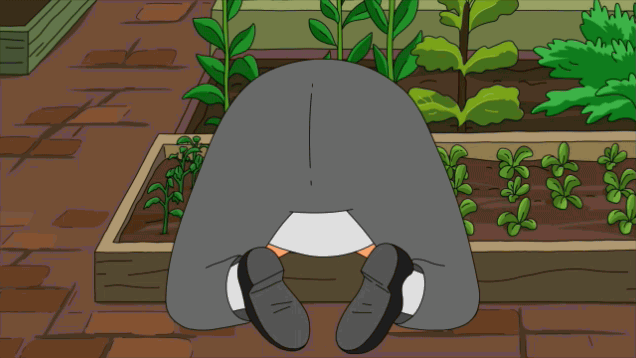5 ways we can optimize our water resources
Are Southern California’s water agencies truly empowering us by telling us which and how many days we can water per week? What if our landscapes could thrive instead from being watered once a month or less?
Last year, without intending to, our family came face to face with what extreme water restrictions would look like. We returned home from a camping trip in July 2021 during a heatwave to find our garden looking crispy. You know, wilted, strained and slightly brown around the edges. The irrigation system had failed and had not run properly for a month. After a few moments of panic and dismay, I gathered my thoughts to wonder what would happen to the garden I had worked so hard to build.
In the same way that our garden’s irrigation was abruptly interrupted, local water districts now want homeowners to sharply curtail their watering. We at Studio Petrichor agree with the goal of reducing water use across the region, but we disagree with the agencies’ approach. Through a process of education and implementation rather than fining water users disproportionately, everyone can learn to grow a garden with less water.

The garden that receives supplemental water less than once a month May 7, 2022.
Why is this important? When we tune into what is really important—life—we are compelled to explore how to preserve it. Our lifestyles and landscapes intersect, so we are being invited to reimagine how we choose to move forward.
For example, the Los Angeles Department of Water and Power, in a misguided move, has asked homeowners to water their gardens for no more than eight minutes at a time. Any seasoned gardener can tell you that plants receiving only shallow irrigation will never develop a deep root system capable of sustaining them in dry conditions. If we stop irrigating too quickly, homeowners risk losing ground cover and shade from larger plants and trees. This loss of shade, in turn, risks increasing temperatures across the region in a compounding cycle called the Urban Heat Effect.
The current mindset in the United States views water as limitless. We demonstrate this mentality by maintaining turf grass lawns, letting the water run while washing dishes and running only partial loads of laundry. These practices seem especially poignant in Southern California, where our water is ripped from miles away, through valleys and over mountains, to supply an “endless” stream of convenience. As a result, we do not see the impact of our overuse in the places where the water comes from. The L.A. Basin aquifers still provide for us, but they cannot meet our demand.

The garden that receives supplemental water less than once a month May 7, 2022.
After last summer’s trip, when I walk into my garden and see a little brown, a little wilt, and a little death, I have learned to accept this part of the natural cycle. Dormancy is a gift. It is a rest, a space for reflection and a space for becoming. Allowing ourselves to ask the following questions would benefit all of us:
- Is this plant still alive and will it rejuvenate later?
- Is it still supporting habitat?
- Is it still mostly beautiful?
Nature is inviting us to shift our behaviors. Our behaviors are driven by our beliefs and values. When we upgrade our beliefs and values, our behaviors will naturally follow.
Here are five practices I’ve employed to optimize our water resources while reimagining my relationship to the land:
- Optimize your soil. Remember: where there is carbon in the soil, there is water in the soil; where there is water in the soil, there is life. Lasagna mulching and Hugelkultur are excellent at soil optimization and so much more.
- Integrate rain and stormwater by way of rain gardens or bioswales, instead of sending it away. For every 1,000 square feet of roof or other surface, we can harvest up to 625 gallons of water on one inch of rain. And they are beautiful if done right.
- Reimagine your garden as a biodiverse, native habitat. Native plants have evolved to thrive in summer-dry climates.
- Reconnect with your garden, monitor your soil moisture and become your own water manager. You are in control of your irrigation controller!
- Be an example and lead the movement of forward thinkers and doers. Be the change that your community needs.
So, you ask, what happened to our garden? Intriguingly, 95% of the garden was still alive after the dry spell. It came back to life completely when the rains returned the following winter. As illustrated by my faulty irrigation system, interrupting water consumption can serve as a great opportunity to reimagine our relationship to water use.
Want to collaborate Send an inquiry to info@studio-petrichor.com

